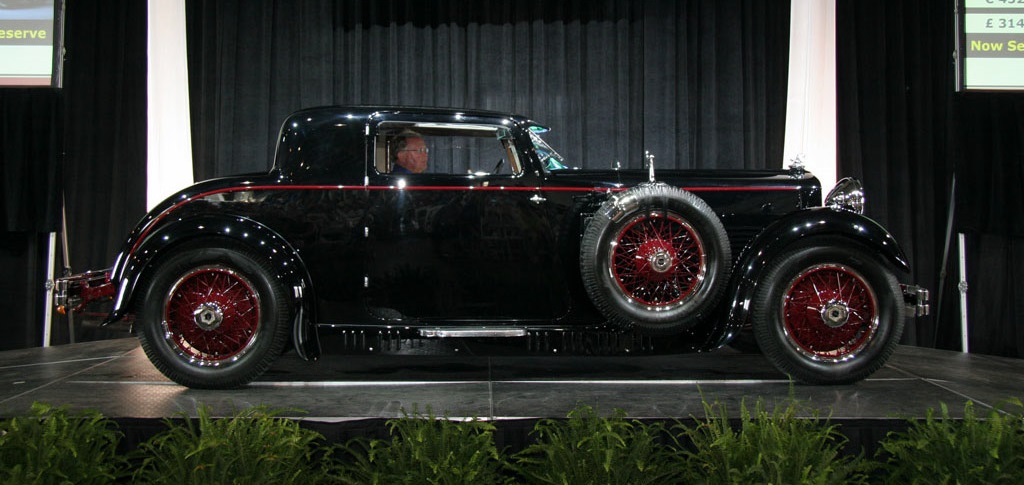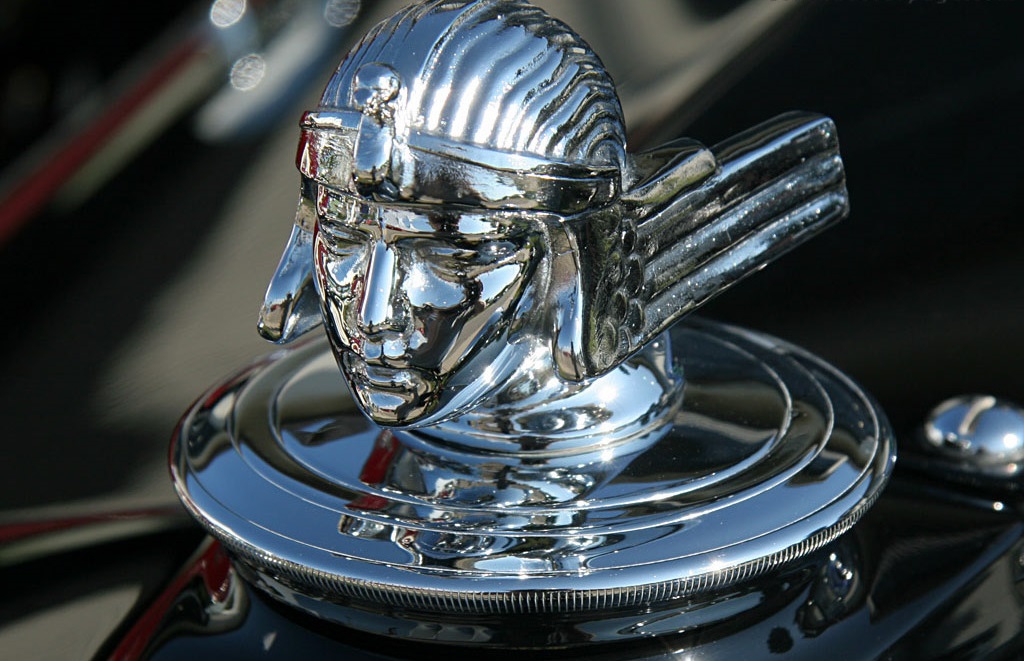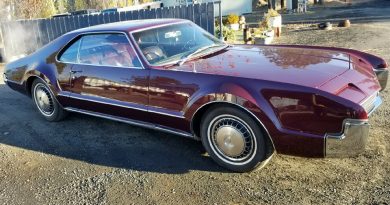1929 Stutz M Supercharged Lancefield Coupe
One Stutz that garnishes more attention than most others is this Lancefield Coupe. Not only is this one of the most striking body and interior designs on a Stutz, but the chassis is one of a few surviving supercharged models. In its time, this supercar must have had very little comparable competition.

For the high performance part of the new Stutz, the engine, Charles Greuter was hired. Following his boss’ plans, he designed a straight eight engine with a single overhead camshaft. The initial displacement was just under 4.7 litres, but over the years it gradually grew to nearly 5.4 litre. In the country of side-valve engines, the chain driven single overhead camshaft was quite a ‘European’ departure. Another exotic feature was the installation of twin plugs (one on either side of the engine) for every cylinder.

Only three supercharged Stutz cars are known to exist. It is a spectacular sight to behold. It’s been restored and freshened multiple times in the past 20 years and in that time has sported owners such as Skip Barber and John O’Quinn. It is being sold out of a prominent Stutz collection based in Texas. The best way to describe this car is that it’s just one of those cars – an incredible automobile that has the engine, chassis, and body it was delivered with. An award winner all over the U.S., it will remain a prized possession among whoever is lucky enough to acquire it next.

Stutz was one of the few American companies which considered entering the great race at Le Mans – the most significant sports car race in the world before and since that time. In 1928, although sponsored by a French contingent a stock Stutz would come in second in the 24 hours with an average speed of 106.53 miles per hour, truly a remarkable record. This in fact was the best finish for an American-built sports car until 1966 when Ford won Le Mans outright. The single overhead cam Challenger version of the Stutz engine proved both durable and powerful, but its second-place finish to a 4.5 liter Bentley was overshadowed in the 1929 Le Mans race, in which Bentley was entering their new 6.5 liter car.




